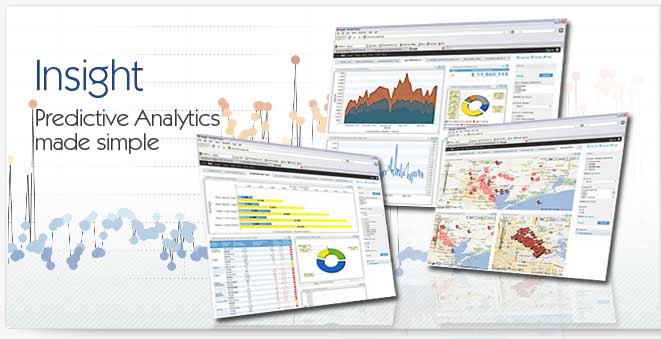Understanding Risk Management Techniques
Risk management is perhaps one of the most important managerial functions of a business organization. Lack of proper risk management leads to quality degradation, fall in demand, customer complaints, and delayed project submissions and so on. Depending on the nature of the business the consequences vary a lot. For effective risk management, one needs to have a proper understanding of different risk management techniques. Following a plan blindly cannot help because business activities are quite dynamic and they need dynamically flexible strategies. Understanding the needs, limitations and strengths of your business can help you in figuring out effective risk management policies and techniques.
Differing Types Of Risk Management Techniques
For a foolproof risk management plan, the project leader should devise and apply suitable risk management techniques. While planning the techniques one has to keep in mind the nature of the business. There are different ways to analyze, present and compute risk management. A good example of risk management technique is ETA which stands for Event Tree Analysis. This enlists a company's activities, associated risks, probable events and solutions to evade them in a tree format with branches and sub-branches. Similarly, there is the Risk Assessment Matrix method which is basically a chart that describes activities, risks and the level of intensity and urgency associated with various risks.
How To Design Risk Management Techniques?
Successful risk management is the best way to improve, grow and expand a business. In order to achieve this goal, the management has to come up with an excellent risk management plan. The affectivity and implications of a risk management plan depends on the potency of the technique adopted by the planning team. The best technique to evade maximum possible risks offers highly potential solutions that are both cost effective as well as time saving. Creating the plan is half the work. Once the plan is done, the management and executive team should be able to follow the plan without missing their deadlines. While designing risk management techniques, all the aforesaid aspects plus business-specific priorities should be considered.
Financial Risk Management Techniques
Financial risk management is a huge sector that touches the working of all the industrial sectors in our society. I cannot quote a single technique that can be claimed as the best one because financial risks are of different types. For credit lending institutions or financial institutions, figuring out ways to avoid losses inflicted by defaulting customers forms the mainstream risk management. In such cases, issuing instruments like payment protection insurance, hedging funds, asset-backed or mortgage backed securities are some of the top techniques. Insurance plays a vital role in figuring out viable financial risk management techniques. The whole process requires lot of market research and assessment.
Planning Risk Management Techniques
Risk management basically involves extensive planning that deals with various ways to avoid risks. It also involves planning and devising ways to deal with the consequences of various untoward events and accidents. Risk management techniques involve several stages like listing of risks, prioritizing the risks, assessing the urgency of each risk as well as assessing their intensity. Separate risk management plans are devised for different departments like cost, finance, human resource, environment, technology and so on.
|



